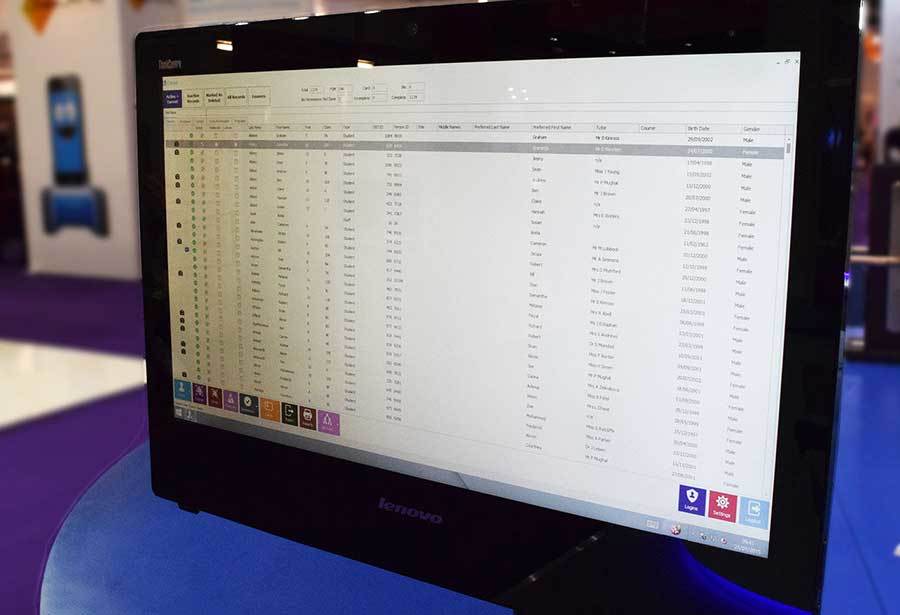Biometric time and attendance systems are becoming more valuable within the education sector.
Biometrics are used to record accurate student attendance and are considerably more beneficial than traditional tracking methods.

Methods such as roll call, paper-based attendance and card punching have limitations and are prone to inaccuracies.
Automated student attendance tracking
Tracking student attendance via biometrics is rising within educational institutions because these systems are accurate, fast, and convenient. It is also a much more effective tool to protect student identities and the overall privacy of the school database.
Teachers and administrators have often spent unnecessary time tracking student attendance via traditional methods, mainly to compensate for the limitations associated with these outdated methods.
Also, it is difficult to manage large groups of students manually, and typical student tracking methods have loopholes that cannot prevent proxy attendance, ID card theft and attendance tracking errors.
Due to being automated and the most convenient method of recording student check-in and check-out times, schools increasingly utilise biometrics. Schools can ensure identified accuracy due to how biometrics uses human physical and biometric characteristics, unique for every individual user of the system.
Users’ accounts are protected and secure, eradicating the issue of identity theft because biometrics use sophisticated encryption to make accounts completely safe.
Benefits of biometrics in education
The education sector can significantly benefit from biometrics. Not only is it simple to use, requiring minimal technical knowledge, but it also provides faster and more efficient processes when logging student attendance.
Both staff and students can fully use the system without requiring extensive training. Users place their fingers or palm on a biometric hardware device to access their accounts.
The benefits of educational institutions using biometrics for student attendance include:
- Accuracy – schools can monitor student attendance centrally and accurately, preventing common problems experienced with traditional methods.
- Time-saving – biometric student attendance management systems track student attendance in seconds and cut down the overall time taken to record class attendance, mainly because teachers no longer have to rectify data errors associated with traditional methods.
- Efficient – a biometric system eliminates errors and speeds up data verification, reducing administration time.
- Convenience – since the biometric system is automated, checking in and out is convenient and straightforward, without requiring any technical knowledge.
- Secure – it is virtually impossible to duplicate an original image for fraud purposes because, during the enrolment process, biometric systems convert scanned biometric templates to computer code and store the information in the database for verification. The encryption methods protect the database, increasing security and protecting user privacy.
Students can conveniently check in and out, bringing numerous benefits to any educational establishment.
Schools can use biometrics for student attendance and cashless catering, self-service lunch management, access control, locker management, library management, and other educational scenarios requiring accurate identification and security.





